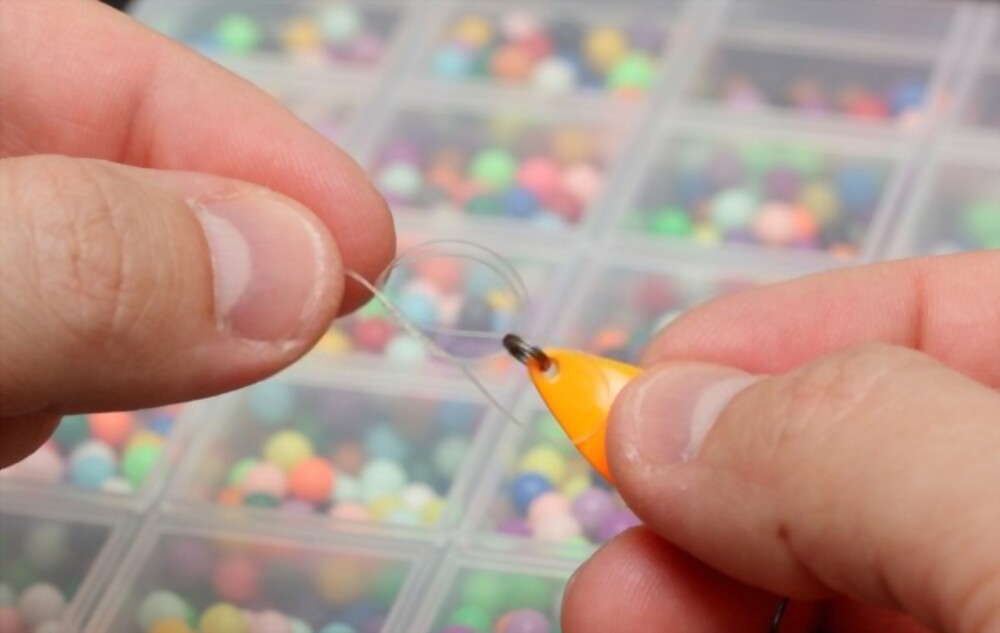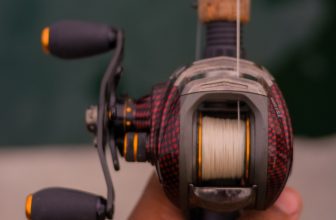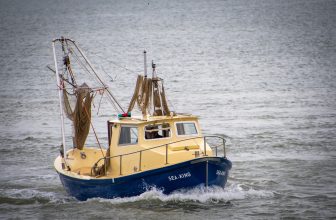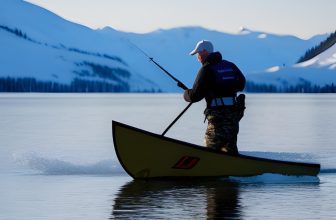
How to Tie the Perfect Fishing Knot Every Time
Fishing is a great way to relax and unwind, but it can be quite frustrating if you’re unable to tie the perfect fishing knot every time. Whether you’re a seasoned angler or just starting out, knowing how to tie the perfect fishing knot is essential for a successful fishing experience.
Fortunately, tying the perfect fishing knot isn’t as difficult as it may seem. Here are some basic steps to follow to ensure that you always have the perfect fishing knot:
1. Choose the Right Knot
The first step to tying the perfect fishing knot is to choose the right knot for the job. Different knots are best suited for different types of lines and rig types, so it’s important to select the right knot for your specific setup.
2. Plan Ahead
Once you’ve chosen the right knot, it’s important to plan ahead and make sure that you have enough line and that your line is set up correctly. This will make it easier to tie the knot and also help to ensure that your knot is secure.
3. Follow Steps Carefully
When tying your fishing knot, it’s important to follow the steps carefully and precisely. Subtle mistakes can lead to knots that aren’t secure, so it’s important to pay close attention to each step.
4. Tighten with Care
When tightening the knot, it’s important to do so with care. Too much force can cause the line to break and the knot to come undone, while not enough force can lead to a knot that isn’t secure.
5. Trim Excess Line
Once your knot is secure, it’s important to trim any excess line. This will help to ensure that your knot is tidy and secure.
6. Moisten the Knot
Lastly, it’s important to moisten the knot before casting off. This will help the knot to slide better, reducing the chances of it slipping or coming undone.
Follow these tips and you’ll be able to tie the perfect fishing knot every time:
- Choose the right knot for the job
- Plan ahead and make sure you have enough line
- Follow the steps carefully and precisely
- Tighten the knot with care
- Trim the excess line
- Moisten the knot
With a bit of practice, you’ll be able to master the art of tying the perfect fishing knot in no time. Good luck and happy fishing!
What types of fishing knots are best for braided line?
The best knots for braided line are the Palomar knot, the FG knot, the Uni knot, the Double Uni knot and the Snell knot.
What is the best knot for braided fishing line to swivel?
The Polar Knot is widely regarded as the best knot for braided fishing line to a swivel. It is reliable and strong but also easy to use and adjustable.
What is the strongest knot for tying a swivel to braided fishing line?
The best knot for tying a swivel to braided fishing line is the Palomar Knot. It is one of the strongest and most reliable knots for tying in fishing line.
What type of knot should I use to tie a swivel to a monofilament fishing line?
The kind of knot you should use to tie a swivel to a monofilament fishing line is called the Palomar Knot. This knot is considered one of the strongest and most reliable knots for this type of application.
What is the strongest knot for tying a swivel to a monofilament fishing line?
The Fisherman’s knot is considered one of the strongest knots for tying a swivel to monofilament fishing line. It is also known as the True Lover’s knot, Double Fisherman’s knot, and Grapevine knot. This knot has a 95% strength and ensures secure and reliable connection for anglers.
What type of knot should be used to tie a swivel to a braided fishing line?
A Palomar knot is the most suitable knot to use for tying a swivel to a braided fishing line. This knot is considered one of the strongest and most reliable knots for this type of application.
What is the difference between a loop knot and a uni knot for tying a swivel to a braided fishing line?
A loop knot creates a permanent secured loop knot in the line, while a uni knot is used to securely tie a swivel to a braided fishing line. The uni knot allows for more movement and flexibility, whereas the loop knot is typically used for heavier or thicker lines and is more secure.
What is the difference between an Albright knot and a uni knot for tying a swivel to a braided fishing line?
The Albright knot is a more complex knot than a uni knot, but it is also much stronger and more reliable. The Albright knot is better if you need maximum strength and reliability as it creates a more secure and efficient connection between two fishing line sections with different diameters or compositions. The uni knot is simpler to tie, but weaker and less reliable; it is better for fishing line sections with similar diameters and compositions.
What is the best knot to use to tie a swivel to a monofilament fishing line?
The improved clinch knot is widely considered one of the best knots for tying a swivel to a monofilament fishing line. This is because it is highly secure and simple for anglers to tie. It is also known as the Avid knot and is used by many experienced anglers.
How do you tie a swivel to a monofilament fishing line?
1. Start by running the line through the eye of the swivel and pulling the line back over itself.
2. Take the tag end of the line and make a loop.
3. Put the end of the loop up through the eye of the swivel.
4. Put the tag end back through the loop and pull tight.
5. To finish the knot, pull on the main line and the tag end, moisten the knot and let it tighten securely. Tie a clinch knot, or a palomar knot to make sure your knot is secure and you’re done.
What type of knot should be used to tie a swivel to a monofilament fishing line?
A Improved Clinch Knot or Palomar Knot are both suitable for tying a swivel to a monofilament fishing line. The Improved Clinch Knot is known to be the strongest and most reliable, while the Palomar Knot is easier to tie but slightly weaker.
What kind of knot should I use to tie two different monofilament fishing lines together?
The best knot to use for this purpose is the double uni knot. This is a strong, yet simple knot that requires little effort to tie. It is also relatively easy to learn and remember.







